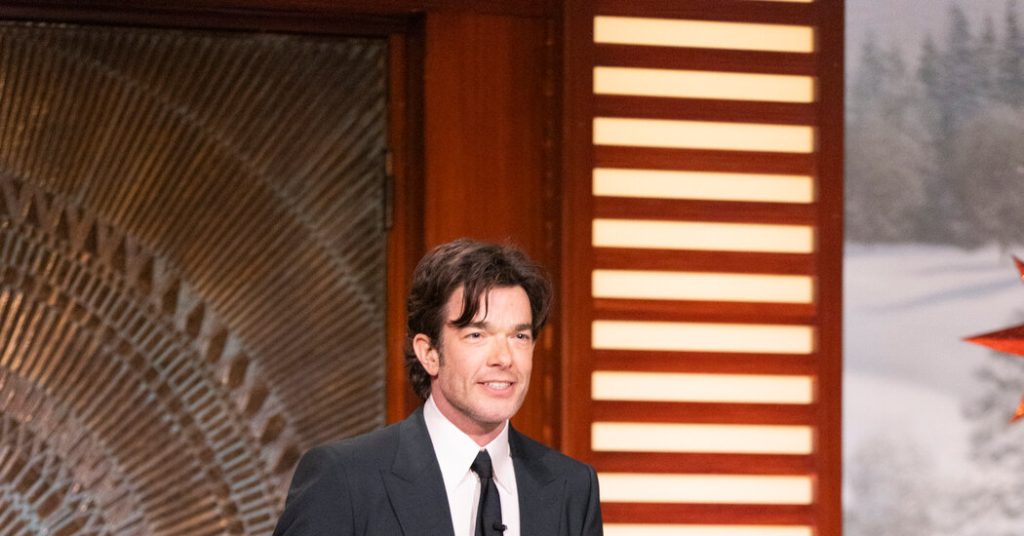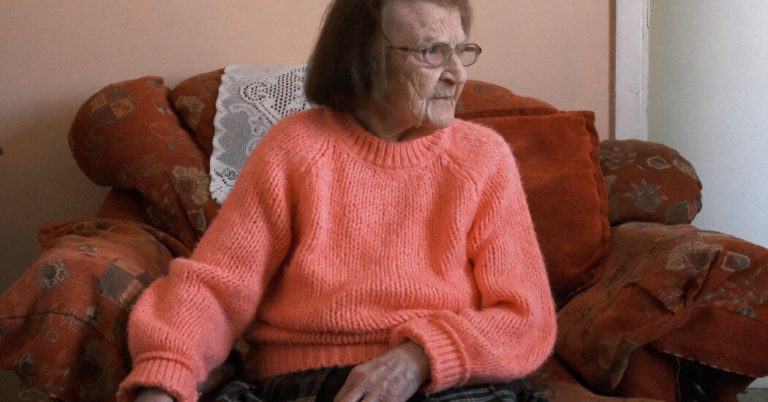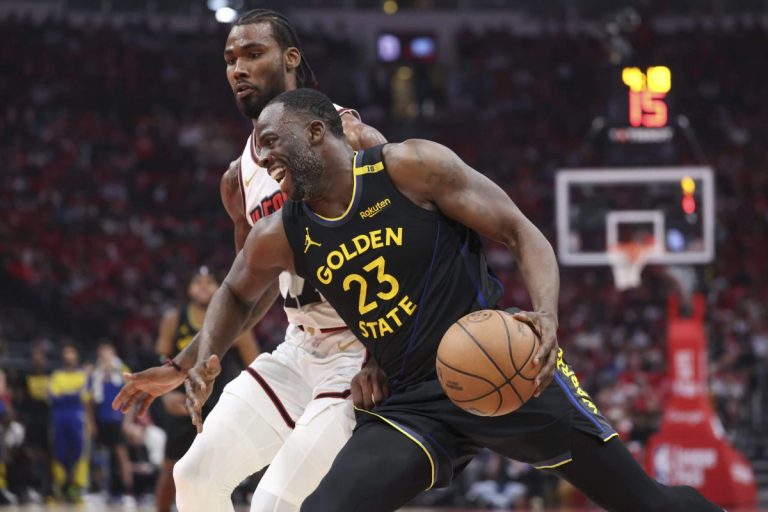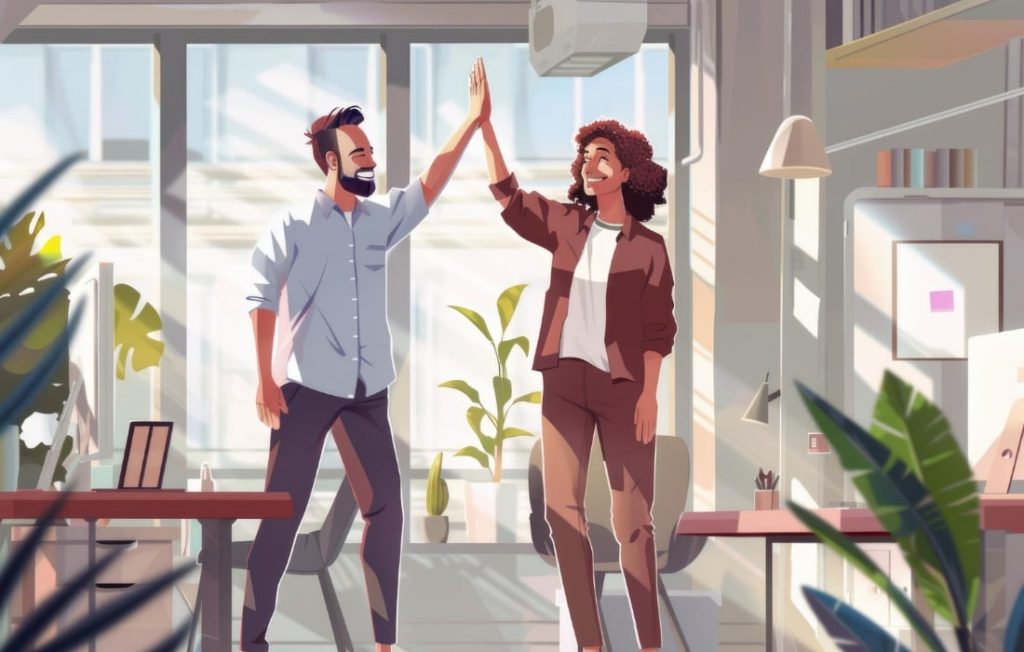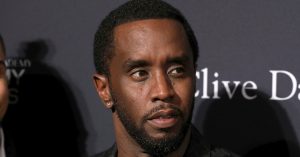John Mulaney describes his weekly Netflix talk show as “a throwback in some ways.” Indeed, it seems to draw inspiration from numerous 20th-century late-night hosts, from Dick Cavett to David Letterman to Conan O’Brien.
“It’s almost like the way you might remember a bunch of shows from the past, but it’s not exactly what they were like,” Mr. Mulaney said in an interview from his sun-soaked office in Hollywood. He was between meetings, gearing up for the latest episode of his show, “Everybody’s Live,” which appears Wednesdays at 10 p.m. Eastern.
“No element is new,” he added, “but the way they’re being laid out might feel a little bit.”
Mr. Mulaney’s show represents an important test in the entertainment industry: Can the traditional talk show format — with an opening monologue, celebrity guests, live musical performances, a sidekick — survive in the streaming era?
Or is the future of talk shows something quite different, and much more like … podcasts?
As the television industry has leaped to streaming, many old genres have come along. Prestige dramas, crime documentaries, reality TV, stand-up specials and even soap operas have successfully crossed over. But not talk shows.
Even on traditional network and cable TV, ratings for late-night talk shows are down, and advertising revenue has plummeted. The number of shows is falling, too, so much so that last year’s Emmy Awards had one nominee fewer because of a lack of submissions. This fall, CBS will forgo programming its 12:30 a.m. slot, the first time in three decades that the network will not have an original talk show in that wee hour.
“Of all the legacy broadcast day parts — morning shows, evening news, late night — late night might be the first one headed for the wood chipper,” said Jim Bell, a former showrunner of “The Tonight Show” on NBC and now a senior executive for the 2028 Summer Olympics in Los Angeles. “It’s expensive to make, tough to monetize and no longer appointment viewing. It’s still got cultural juice, but from a business standpoint, it’s the most vulnerable.”
